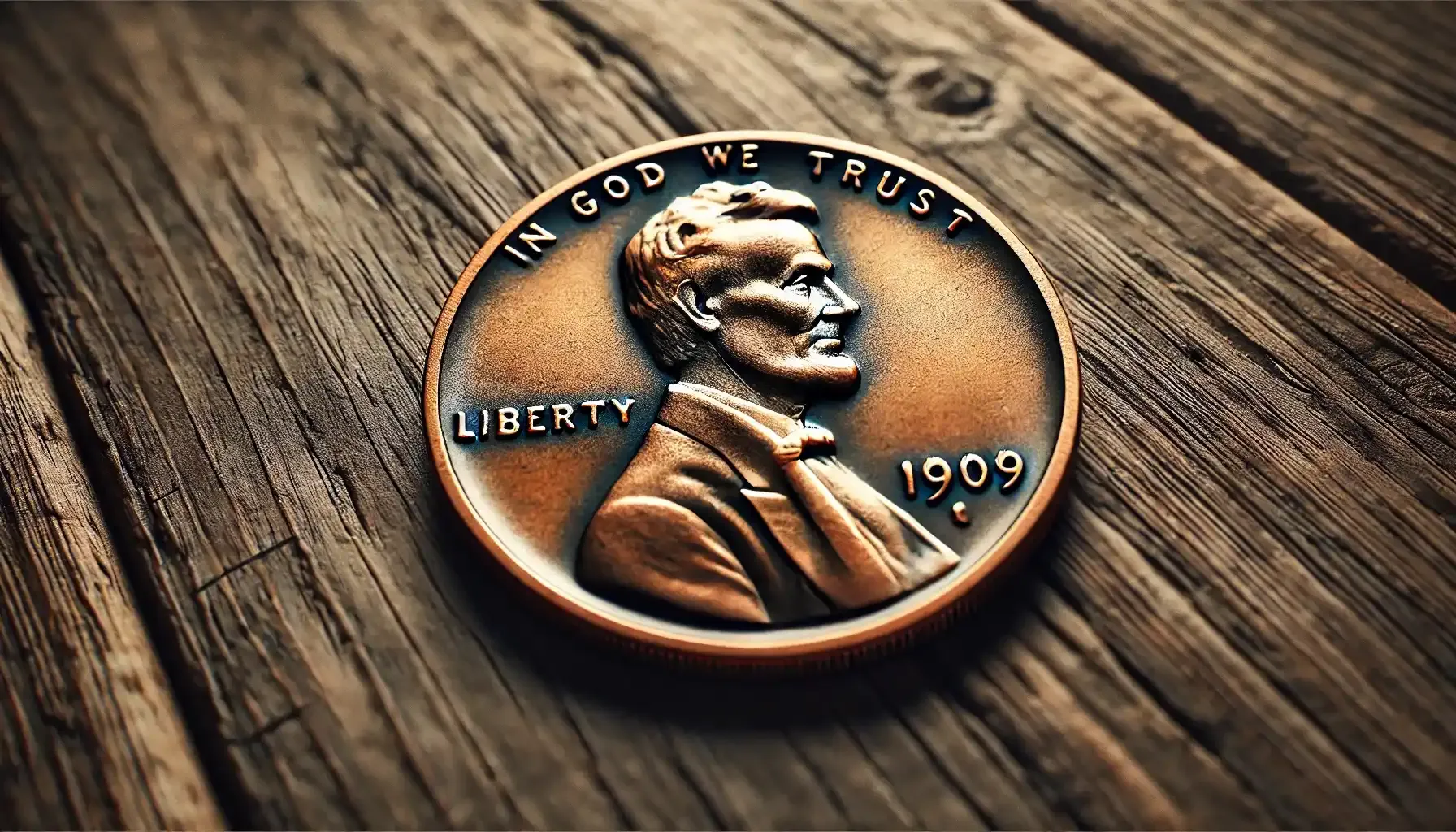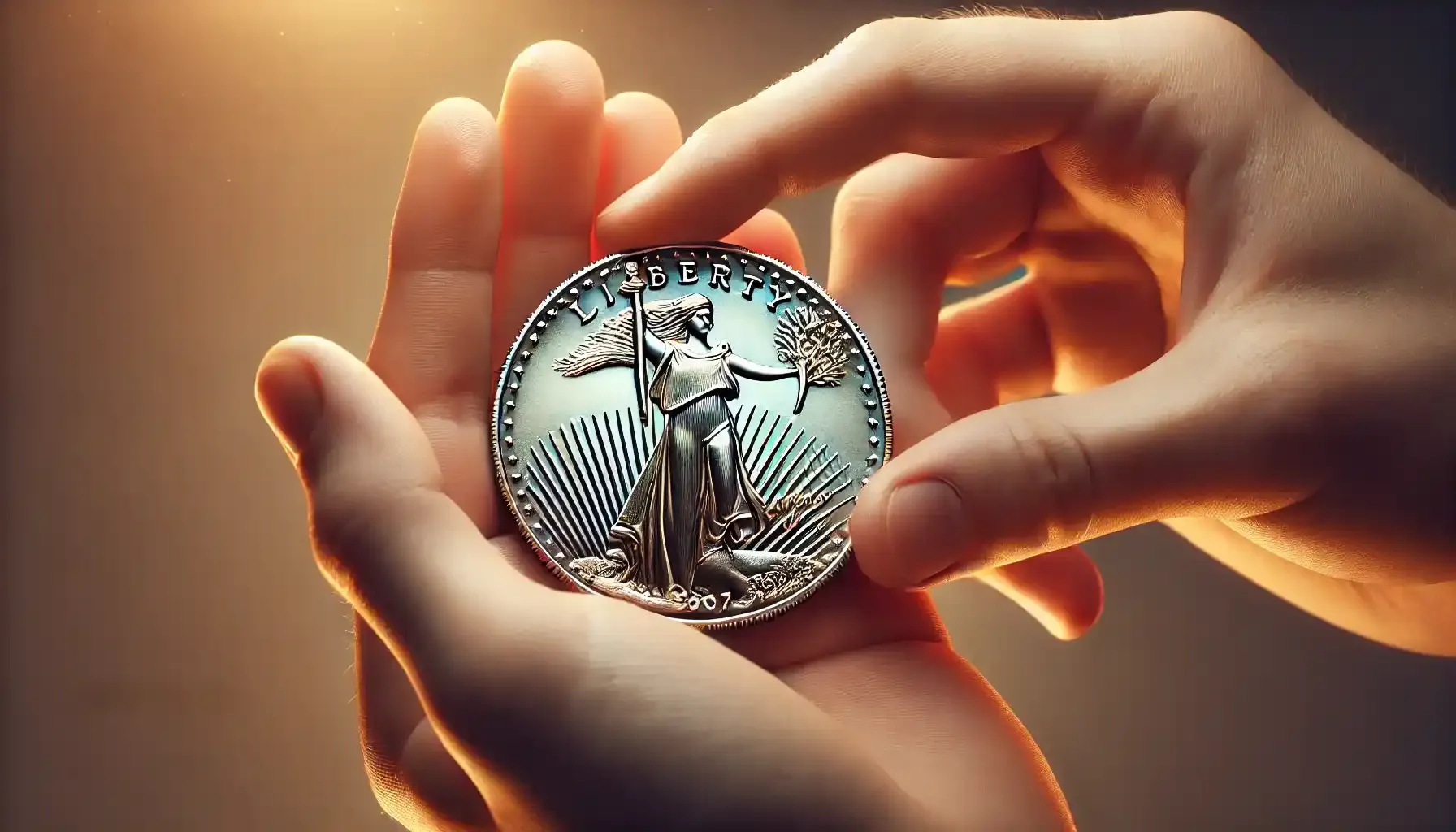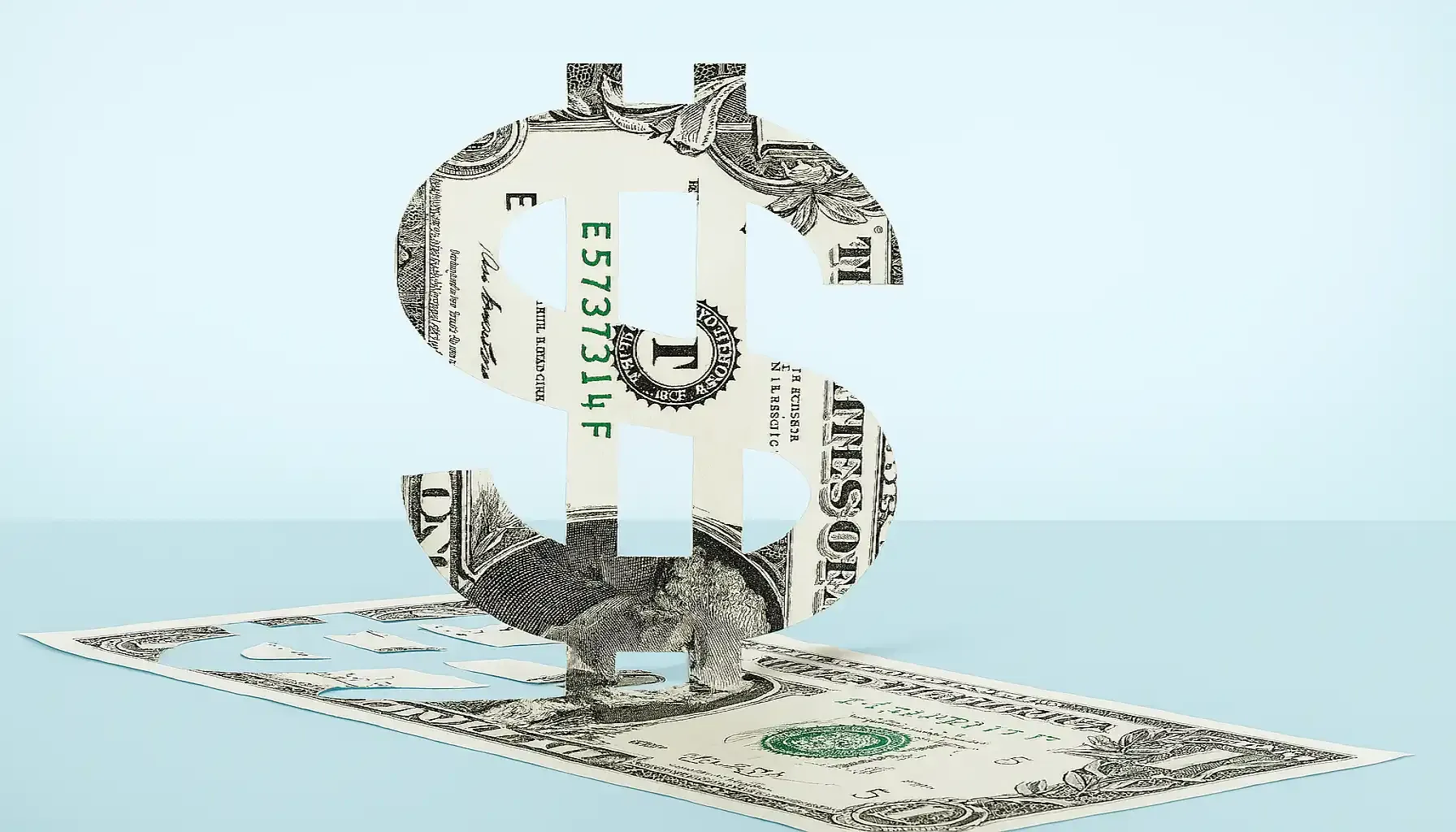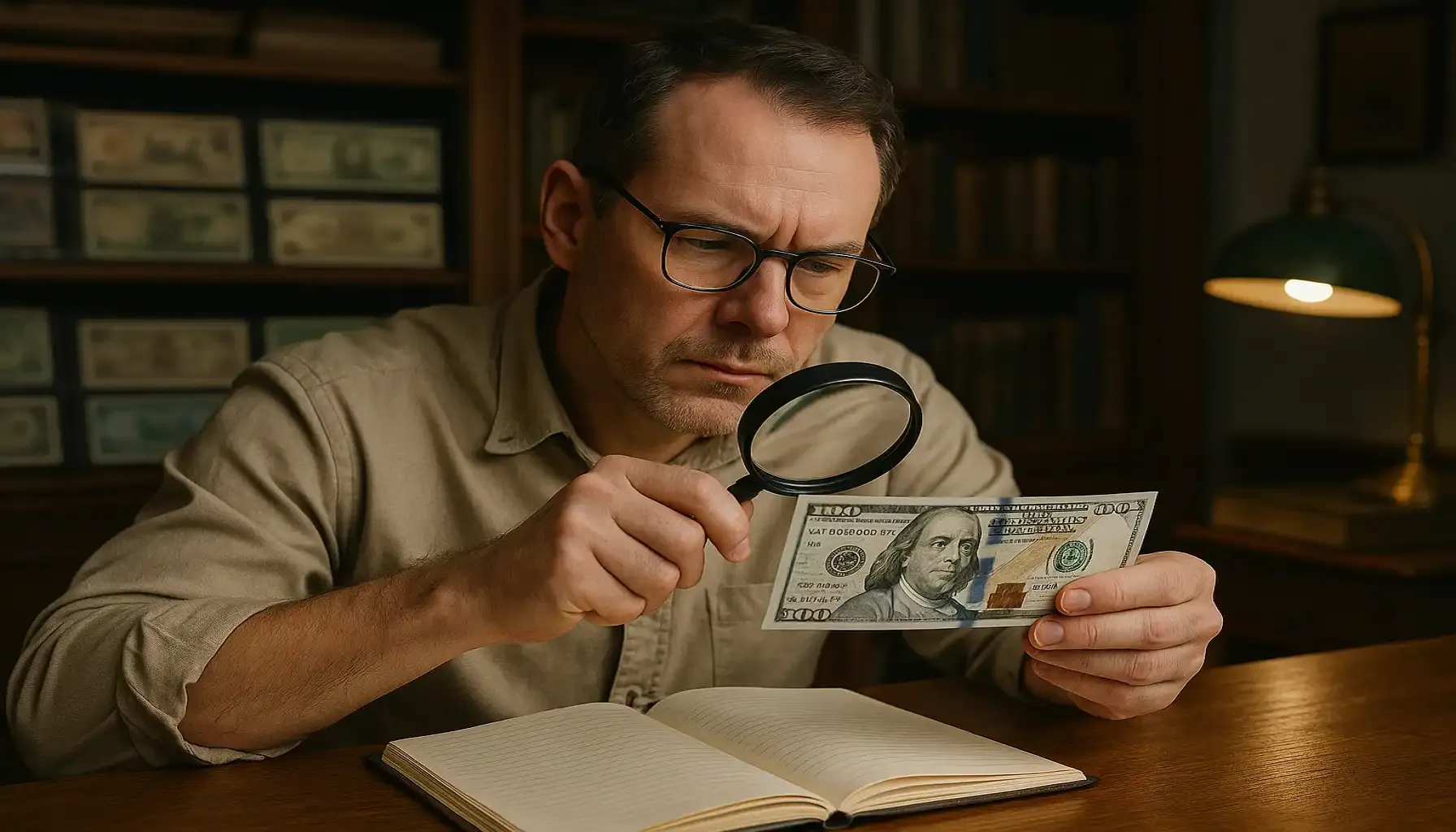Contents:
As a rule, we all know how beautiful, gorgeous coins may be, yet barely do we pay attention to those who stand behind these works. The hand of a master artist – a designer who poured their heart into the soulful creation – is what shapes the landscape of a monetary system, however artless it may seem at first.
In this material, we are going to explore which coin designers worked at the United States Mint, how these contributions may affect the numismatic system, where to check coin value, and what it takes to design your own unit of currency that stands the test of time.

Historical Context of Coin Design
Coins reflect the eras in which they were made, and they represent something more than just instruments of trade or commerce. Numismatic creations have always absorbed the nation's principles, significant events, and cultural identities ruling the society. While some coins are initially devoted to the commemoration of crucial figures and occasions, some might pay tribute to the vanishing cultures or remind one of national unity and resilience during challenging times.
Coin designs have long been used as representations of money and as powerful markers of identity and authority. At first, it was rather simple and trivial. Nevertheless, the American coinage evolved into increasingly complex designs that often featured gods, kings, and important occasions. The purpose of these designs was to promote the governing power's image over large areas and validate its authority.
Now, let us turn back to coinage in the United States.
Related article: How to Spot Fake Coins.
Legendary US Coin Designers
Those who create such memorable coins are frequently missed and forgotten in the end. Our goal is to make it clear who was responsible for the creation of these variations and which great coin designs are the most illustrative.
Augustus Saint-Gaudens
In the history of American coins, Augustus Saint-Gaudens is considered one of the most influential sculptors with his well-known instances such as the $20 Double Eagle (1907). Saint-Gaudens' works combined contemporary symbolism with classical influence and brought coin design to a level of artistic brilliance that perpetuated the spirit of American strength and independence for good.

Victor David Brenner
Another figure one is usually aware of is Victor David Brenner, an artist who designed the first-ever coin with a portrait of a US president. By the way, his creation, the Lincoln Cent (1909) is honored to be called the most famous American coin. This type of depiction has been in use for more than a century, which may demonstrate how much the country values Lincoln's legacy (and the legacy of a coin creator hopefully).
James Earle Fraser
This sculptor, an apprentice of Augustus Saint-Gaudens, served the nation in the XX century. He exquisitely created the Buffalo Nickel (1913), one of the most cherished and iconic designs in American coin history. Fraser's design of a Native American and a majestic buffalo is still a well-liked representation of American heritage. This is what we call "I know who you are but I do not know who you are".
Adolph A. Weinman
One day, Adolph A. Weinman made a significant contribution to the design of US coins, especially with his designs for the Walking Liberty Half Dollar and the Mercury Dime (1916). Often confused with the Roman god Mercury, the Mercury Dime actually represents Lady Liberty with a winged cap.
Frank Gasparro
Only a few months after President John F. Kennedy was assassinated, Frank Gasparro decided to design the Kennedy Half Dollar (1964), which is his most well-known coin design. As a result, Kennedy's modest yet respectable visage on the coin has become the most recognizable image on American currency. What is interesting is that the post-war optimism of the 1960s and 1970s is led by people like Gasparro.
Most Beautiful US Coin Designs to Remember
The capacity of American coinage to combine history, art, and national identity into a single metal object is what makes it so beautiful. Every coin commemorates a distinct period in American history and reflects the creative vision of its creator on its own.
Designer | Coin | Year | Key Features | Approximate Price |
Augustus Saint-Gaudens | $20 Double Eagle | 1907 | Liberty walking forward with a torch and olive branch, eagle in flight. | $2,000 to $200,000+ (condition-dependent) |
Victor David Brenner | Lincoln Cent | 1909 | Portrait of Abraham Lincoln with detailed realism, the first U.S. coin with a president. | $10 to $2,000+ (condition-dependent) |
James Earle Fraser | Buffalo Nickel | 1913 | Native American chief on the obverse and a buffalo on the reverse | $10 to $10,000+ (rare mint marks) |
Adolph A. Weinman | Walking Liberty Half Dollar | 1916 | Liberty striding with an olive branch | $20 to $3,000+ (condition and mint) |
Frank Gasparro | Kennedy Half Dollar | 1964 | Simple, dignified portrait of John F. Kennedy | $10 to $500+ (special proofs) |
These are the real works of art one should see at least once! By the way, if you would like to read more about other valuable gold and silver coins worth investments, you have such an opportunity in our blog.
How to Design a Coin? Process Explained
Design is always about a combination of art, history, and the latest technologies, too. So as to try on the role of a coin designer, let us quickly explore what they need to do in order to create a coin.
Concept Development
The process begins with the establishment of the coin's goal, concept, and specifications. No matter what type of currency it is, the design aspects are determined by the concept. Themes could pay tribute to notable people, historical occurrences, or national emblems with the help of design features and traits to incorporate.
Research and Inspiration
It is rather common for coin designers to look for inspiration. This might require appealing to apps like Coin ID Scanner that may identify coins on the spot and detect defects, too, in order to study different options and never repeat (=copypaste) them by accident. Working with professionals guarantees that the design is authentic.
Sketching and Initial Designs
At this stage, it is vital to develop symbolic images, lifelike faces, and bound typography are important components. To satisfy both artistic and practical requirements, these sketches are examined and improved. Remember that everything you develop should be both aesthetically pleasing and thorough, too.

Forming the Pattern
After approval, the sketch is ready to turn into a three-dimensional model, usually digitally these days but traditionally in clay or plaster. To guarantee balance and clarity, details like proportions and raised reliefs are refined.
Adjustments and Prototyping
To assess the clarity and durability of the design, one should necessarily test the coin. Adjustments are made to ensure the text is legible, details are sharp, and the coin can withstand wear. This is a common practice, though.
Final Production and Approval
Minting officials examine the finished design before it is etched onto dies for mass manufacturing.
The coin may become a lasting symbol of culture and identity. Nevertheless, these processes are tiring and daunting. Bring inspiration into anything mundane and enjoy this experience to the fullest!



